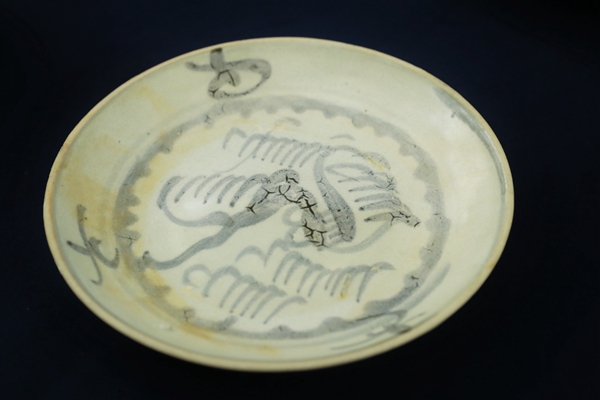 |
|
[Photo by Jiang Dong/China Daily] |
Revival
In the 1960s, ceramic craftsmen at Dehua researched and resumed the traditional sintering method of blanc de Chine porcelain.
Chen has stuck to blanc de Chine art porcelain making in Dehua, noting that it is necessary to combine traditional techniques to create works suitable for contemporary aesthetics in order that the porcelain craft can be revived to its former glory.
The only remaining ancient kiln in Dehua is the Yueji Kiln, which has been burning continuously for more than 400 years.
It still churns out four batches of pottery a year and the production attracts ceramic makers and visitors from all over the world.
Lin Zeyang, a 27-year-old local in Dehua, rents two small houses near the kiln as her ceramics workshop. She explains that, while people nowadays use electric kilns to make ceramics that are convenient and easy to operate, in the ancient wood-burning kilns, each ceramic piece takes on a unique shape because of the uneven heat.
"This imperfection creates an individuality that cannot be replicated by today's modern machinery, a quality which, in recent years, has been gaining in popularity among consumers both at home and abroad," she says.
She adds that artists can rent space in the Yueji Kiln to create their own work. Last year, demand for her porcelain from the kiln far outweighed production and she was unable to keep up with incoming orders.
To this day, Dehua remains China's largest production and export base of ceramic handicrafts.
By the end of 2018, there were more than 3,000 ceramic enterprises in Dehua, employing more than 100,000 people, with an annual turnover of 32.85 billion yuan ($4.65 billion), and the products were sold and exported to 190 countries and regions.